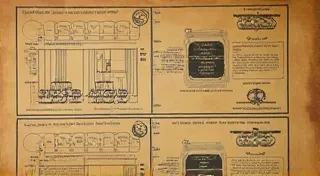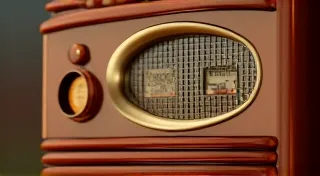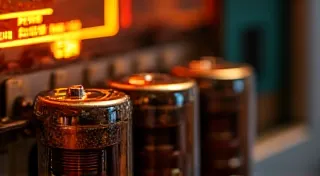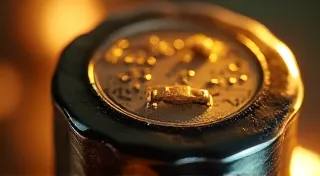Restoring Antique Radio Speakers: Cones and Voice Coils
The warm, rich sound of an antique radio is often compromised by degraded speakers. Replacing or repairing the speaker is frequently the key to fully restoring that classic audio experience. This article focuses on the two critical components of a vintage radio speaker: the cone and the voice coil. We’ll cover assessing damage, repair techniques, and when replacement is your best option.
Understanding the Speaker Components
Before diving into repair, it’s important to understand how a radio speaker works. A voice coil, a coil of wire, is suspended within a magnetic field. When an electrical signal (the radio’s audio) passes through the voice coil, it creates a magnetic field that interacts with the permanent magnet, causing the voice coil to move. The voice coil is attached to the speaker cone, which vibrates to produce sound. The cone material itself is crucial for tonal characteristics – paper cones are common, but other materials like fiberboard or even plastic were used.
Assessing Speaker Damage
Damage to antique radio speakers often falls into one of several categories:
- Cone Degradation: This includes tears, cracks, rot, and crumbling. Paper cones are especially susceptible to moisture and insect damage. Fiberboard cones can also deteriorate.
- Voice Coil Issues: Open voice coils (a break in the wiring) are often difficult to detect visually but result in no sound. Burned voice coils are obvious – you’re looking for a blackened or charred appearance. A partially burned voice coil may be more difficult to detect and might result in distorted or quiet sound.
- Spider & Surround Deterioration: These flexible components help control the cone’s movement. Deterioration leads to rattling or uncontrolled vibrations.
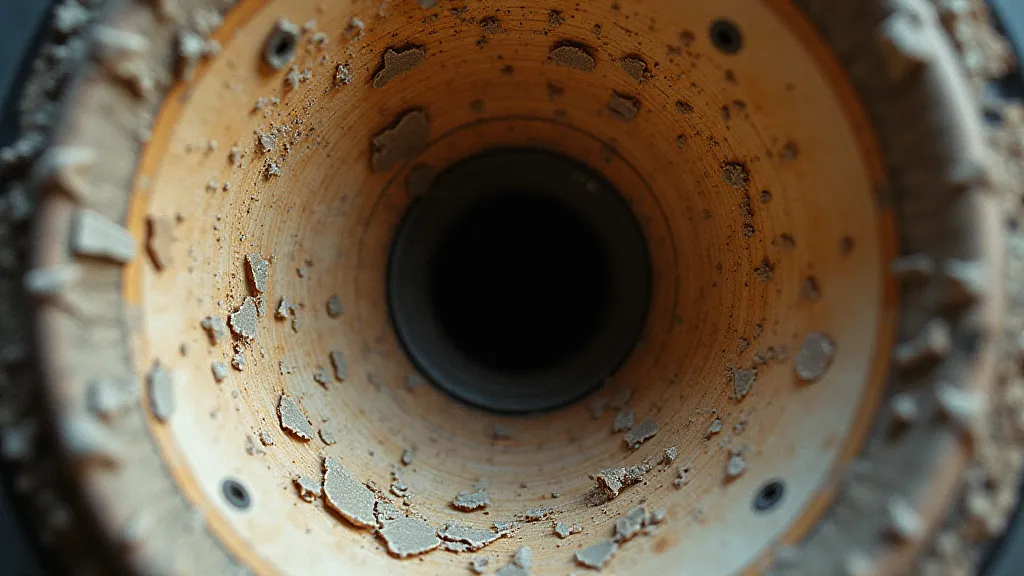
Repairing Speaker Cones
Minor tears or cracks in paper cones *might* be repairable. Use acid-free archival paper, diluted PVA glue (Elmer’s glue works), and a very small brush. Apply sparingly, as excess glue will affect the cone’s resonance. Larger tears or significant rot generally warrant a complete cone replacement. Fiberboard cones are less amenable to repair and are often best replaced. The repair is more for stability than for achieving original tonal qualities.
Repairing Voice Coils
Repairing a broken or open voice coil is a highly specialized task. If you’re not experienced in electronics, it’s best left to a professional. Repair involves carefully stripping the coil windings, cleaning the former, and rewinding the voice coil. This is incredibly tedious and requires precision.
Burned voice coils are typically beyond repair. Even if you can remove the burnt material, the coil’s integrity is likely compromised, leading to distorted sound and potential damage to the radio's amplifier. The gauge of the wire used in a voice coil must be precisely matched to the radio's design. An incorrect gauge will dramatically affect performance.
Speaker Replacement: Your Best Option?
In many cases, replacing the entire speaker is the most practical solution. Fortunately, reproduction speakers for many popular antique radio models are available. When selecting a replacement speaker, prioritize:
- Correct Impedance: This is *critical*. Mismatched impedance can damage the radio’s amplifier.
- Similar Physical Dimensions: The replacement speaker must physically fit within the radio's cabinet.
- Matching Tonal Characteristics: While a perfect match is difficult, choose a reproduction speaker that aims to replicate the original's sound.
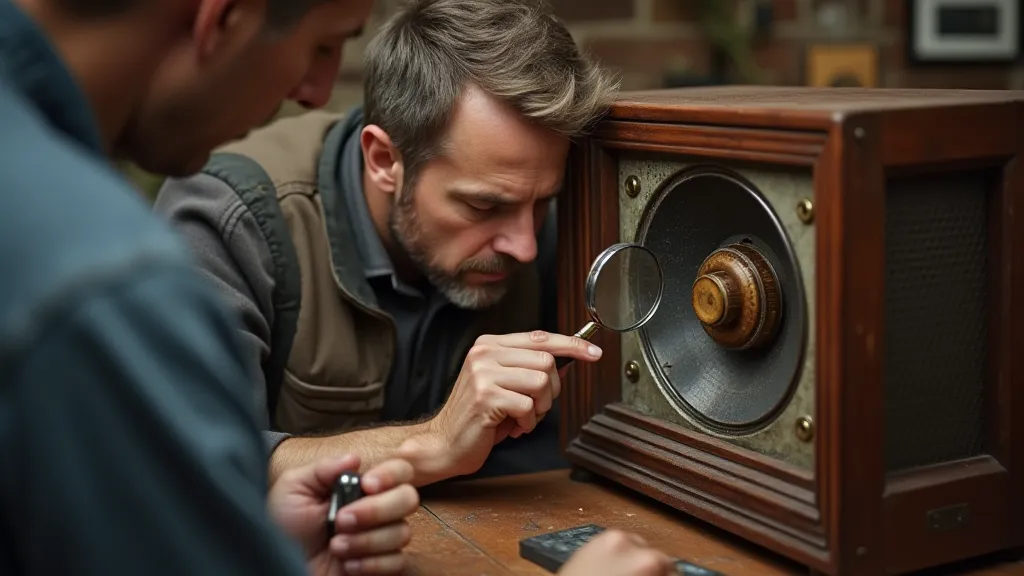
Re-Foaming (Spider and Surround)
Even if the cone and voice coil seem okay, the spider and surround (the flexible components that connect the voice coil to the frame) often deteriorate. Replacement foam surrounds are often available. This is a less difficult repair than rewinding a voice coil and can significantly improve the speaker's performance.
Safety Precautions
Always disconnect the radio from power before working on any internal components. If you are uncomfortable with any of these procedures, consult a qualified radio technician.
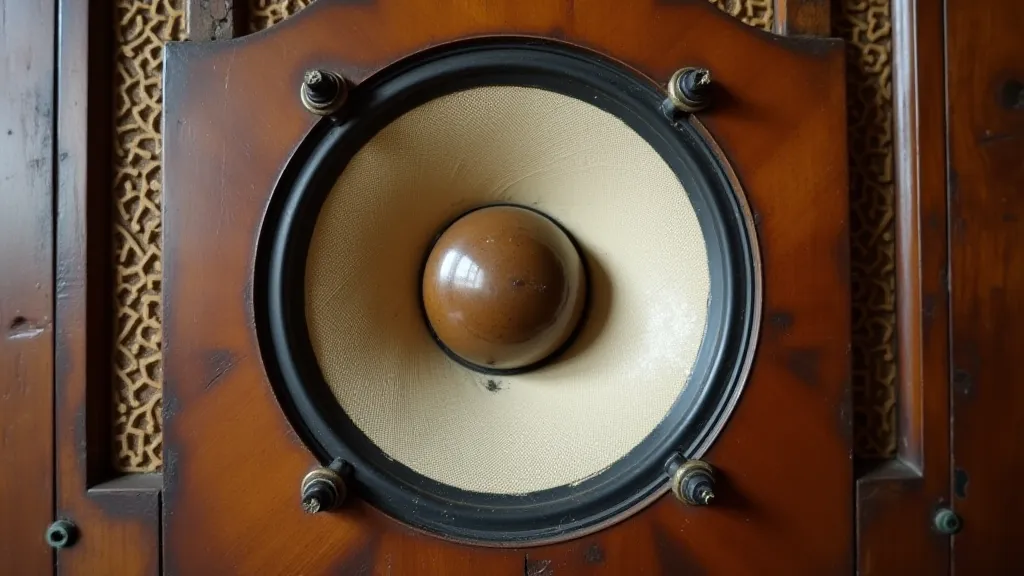
Restoring antique radio speakers requires patience, skill, and a keen eye for detail. By understanding the speaker's components and the techniques for repairing or replacing them, you can breathe new life into your cherished vintage radio and enjoy its authentic sound.
